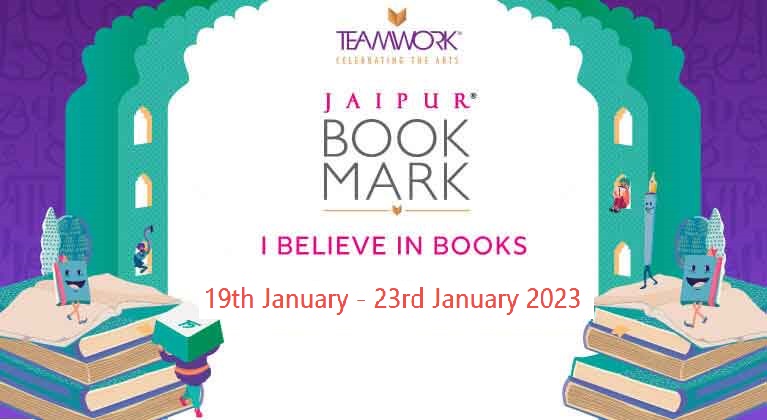by Ishan Roy

Nordic Noir
Carin Gerdhardsen, Minna Lindgren, Oliver Moystad, Odd Harald Hauge in conversation with Nils Ragnar Kamsvag
By Hemal Thakker, Official ZEE Jaipur Literature Festival Blogger
Scandinavia around the world is generally perceived to be one of the safest regions in the world, at the top of most happiness indexes and host to the sublime spectacle of the northern lights. The paradox is that the safest region in the world also produces some of the darkest and most thrilling crime literature in the world, in a genre affectionately known as Nordic Noir.
Best-selling Finnish author, Minna Lindgren wondered if the paradox itself was the reason for such high sales in Scandinavian crime fiction around the world: “people would prefer to read Nordic Noir instead of about the drug trade in Colombia.” She added that the psychological focus of Nordic Noir, which mirrors the critical thinking attitude of Nordic people, also meant their stories were deeper and more complex than the normal detective stories.
His Excellency Nils Ragnar Kamsvag, Norwegian Ambassador to India, observed that Nordic Noir “exploded internationally about a decade ago, not only in the form of literature but also television and film.” He cited Stieg Larsson’s extremely famous Millennium trilogy, which was adapted into the box office smash hit, The Girl with the Dragon Tattoo.
Best-selling Swedish author Carin Gerdhardsen elaborated, describing the “torpedo effect” of Stieg Larsson’s books, leading to a profound increase in crime writing. Reflecting on her own work, she explained that she “just wanted to write police fiction and show the dark side of Sweden.” She described Nordic Noir as a “stamp and brand,” which was useful for marketing and characterized by its emphasis on “perspective and getting inside people’s heads.” She contrasted this with American crime literature, which was much more about action.
Norwegian journalist Odd Harald Hauge agreed with Gerdhardsen that Nordic noir had become a “brand.” He used a brief illustration of the weather climate in Scandinavia, to answer the question, “Why are we so Noir?” whilst showing gloomy, dark images of Scandinavian winters, the streets and houses covered completely by snow. He joked, “Look at these streets and houses: you will see very happy people contemplating killing their neighbors.”
Hauge wondered if the success of Nordic Noir was in part due to “the characters, who are often single or divorced, lonely, drink too much or have problems with the boss.” He agreed with Lindgren that Nordic Noir accurately reflected their culture of critical thinking, refusing to paint their characters as heroes.
Translator and publisher Oliver Moystad was insightful on the industry’s approach to crime novels, observing, “publishers are always looking for the next one. Even if Nordic Noir peaks, the good ones will always survive.” Moystad remarked that often when publishers read translations, they realised Nordic literature offered more variety than Noir, and was far from restricted to crime writing. He stated that European countries like Germany, Italy and Netherlands were a huge market for crime writing, but English speaking countries could also be potential markets. All the authors affirmed that they had fans all over the world, even as far as South America.
Time will tell whether the crime-writing genre, currently dominated by Nordic authors, will reach its peak or not, but what seems evident is that as a genre, it not only offers deep insight into specific societies, but also helps to build bridges and bring distinct cultures together. Every Nordic Noir has a silver lining.






